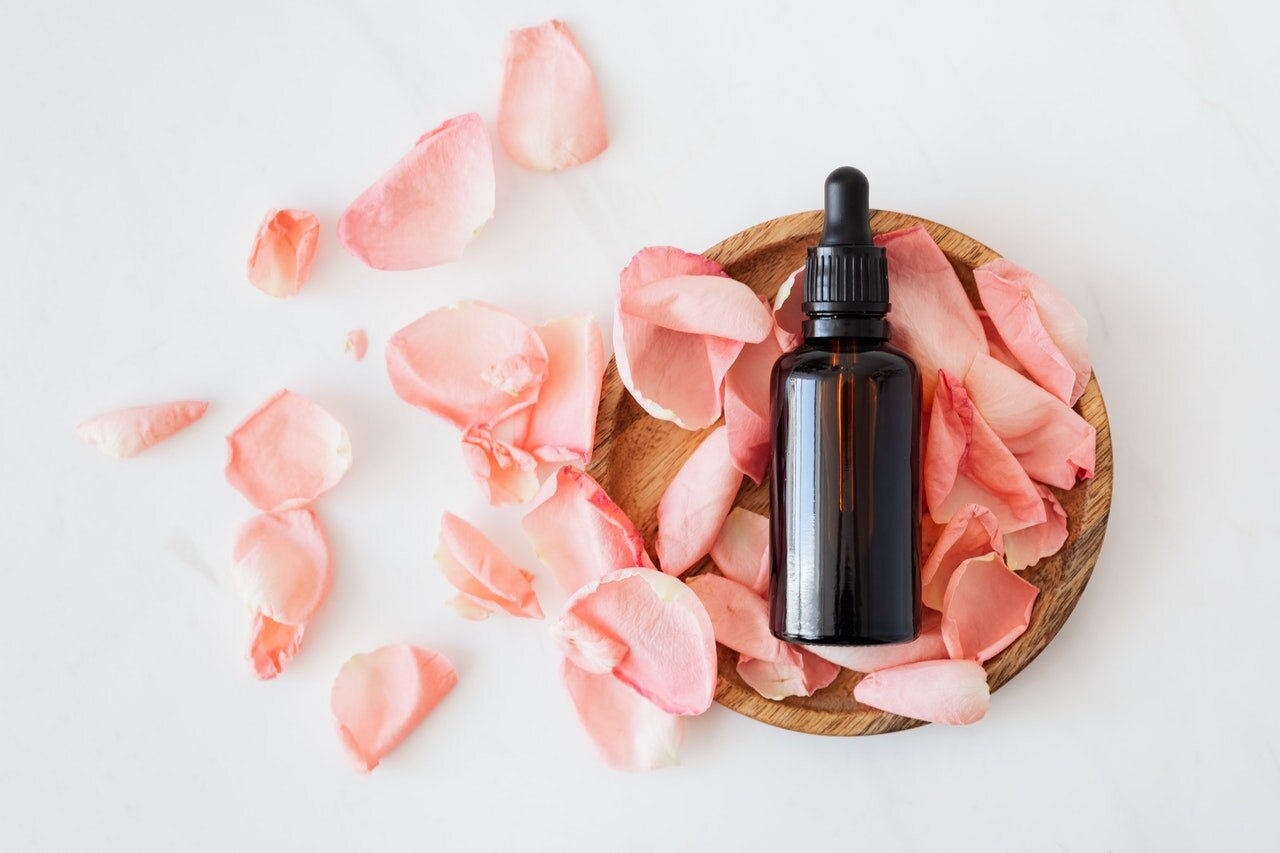A perineal tear is a tear in the skin or muscle between the vaginal opening and anus that commonly occurs during a vaginal delivery. It is estimated that 85% of women who give birth vaginally will experience a perineal tear to some degree (Smith et al. 2013). Just like other muscle tears in the body, the severity of the tear is described on a scale:
Grade 1 is a minor tear only involving the skin at the perineum and can typically heal with minimal interventions in a few weeks.
Grade 2 involves the skin and muscle in the vaginal canal, typically requiring some sutures, but still relatively good prognosis and healing time.
Grade 3 is when the tear is deep enough to go through the vaginal wall to the part of the anal sphincter muscle, and requires a surgical repair.
Grade 4 is the most severe, where the tear extends completely through the vaginal wall and anal sphincter, requiring a surgical intervention. Grade 3 and 4 tears or Obsetric Anal Sphincter Injuries (OASIS for short) typically only happen in 1-11% of vaginal births (Dudding et al. 2008). They require a longer healing time frame (closer to 6-8 weeks) and are more likely to lead to stool or gas incontinence, negatively impacting a mother’s quality of life.
Luckily, physical therapy can potentially help reduce the likelihood or severity of a perineal injury and is an integral part of rehabilitation and recovery after 3rd or 4th degree tears. A Cochrane Review (Beckmann et al. 2013) supports the instruction and use of perineal massage in combination with pelvic floor muscle training to reduce likelihood of perineal trauma and ongoing perineal pain. Though some evidence is mixed on whether or not perineal massage can be effective in reducing incontinence or perineal pain with intercourse after a vaginal delivery, it is a low risk intervention and the review suggests that all women should be made aware of the technique and possible benefits.
The review recommends women start performing perineal massage with a sweep stretch and using lubricant at 35 weeks gestation. It is recommended that perineal massage is performed 5-10 minutes, and 1-3x/week. It is also thought to be more effective for reducing perineal injury rates for women giving birth vaginally for the first time, and less effective for subsequent deliveries. Passive perineal stretch should be performed with active pelvic floor muscle training, focusing on relaxing the pelvic floor (opposite of a kegel) to ensure proper muscle coordination.
Click here to learn more about other ways to prepare for labor and delivery

